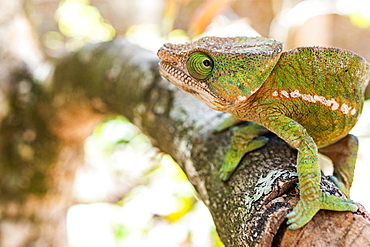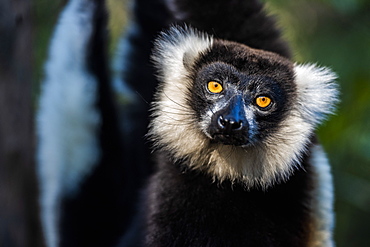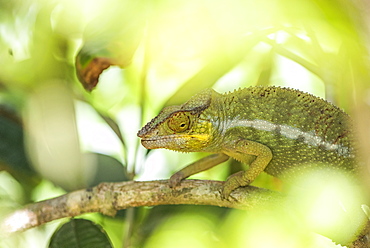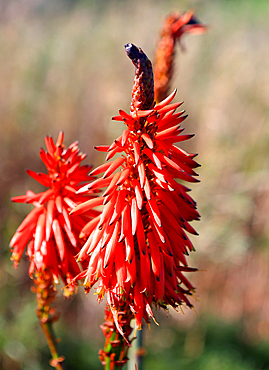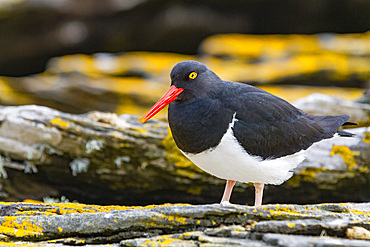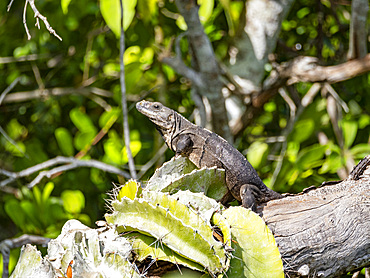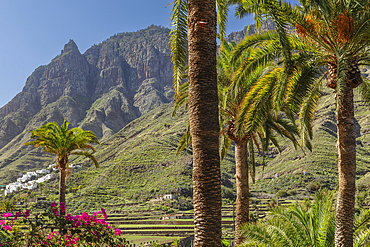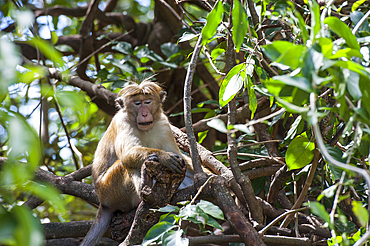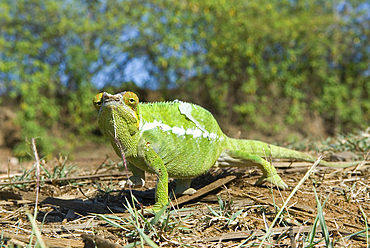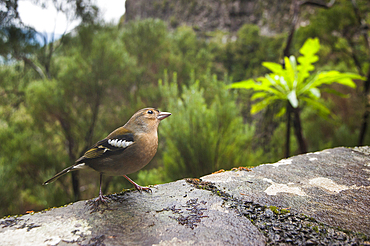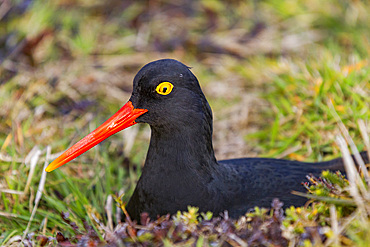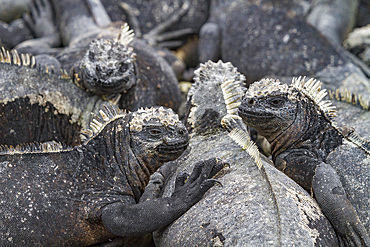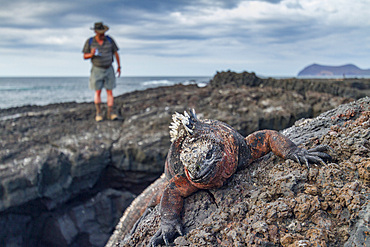Results
« Previous 1 2 3 4 5 Next »
410 results found
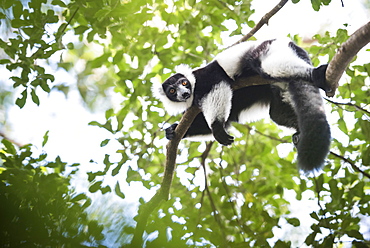
Black and white ruffed lemur (Varecia variegata), endemic to Madagascar, seen on Lemur Island, Andasibe National Park, Madagascar, Africa

Lava cactus (Brachycereus nesioticus), endemic to the Galapagos, Fernandina Island, Galapagos, UNESCO World Heritage Site, Ecuador, South America
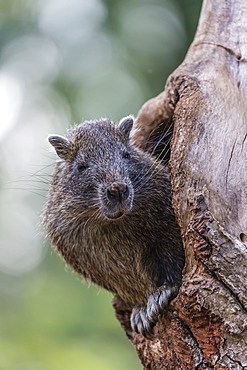
Captive Desmarest's hutia (Capromys pilorides) (Cuban hutia), a species of rodent endemic to Cuba, West Indies, Central America

Endemic lava cactus (Brachycereus spp), Fernandina Island, Galapagos, UNESCO World Heritage Site, Ecuador, South America
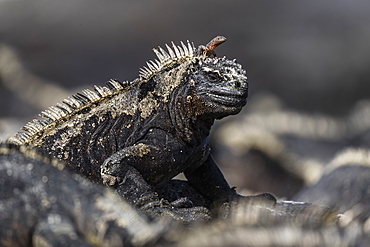
The endemic Galapagos marine iguana (Amblyrhynchus cristatus), with lava lizard, Fernandina Island, Galapagos, UNESCO World Heritage Site, Ecuador, South America
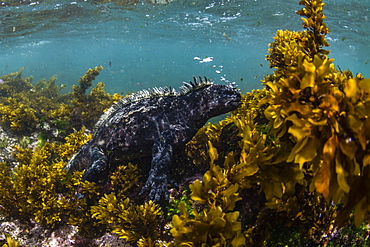
The endemic Galapagos marine iguana (Amblyrhynchus cristatus), feeding underwater, Fernandina Island, Galapagos, UNESCO World Heritage Site, Ecuador, South America

The endemic Galapagos marine iguana (Amblyrhynchus cristatus) basking on Fernandina Island, Galapagos, UNESCO World Heritage Site, Ecuador, South America
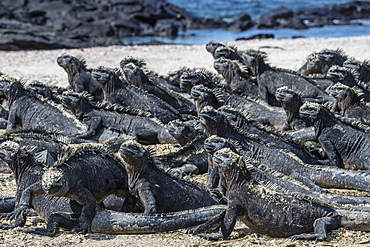
The endemic Galapagos marine iguana (Amblyrhynchus cristatus) basking on Fernandina Island, Galapagos, UNESCO World Heritage Site, Ecuador, South America

The endemic Galapagos marine iguana (Amblyrhynchus cristatus) feeding underwater, Fernandina Island, Galapagos, UNESCO World Heritage Site, Ecuador, South America
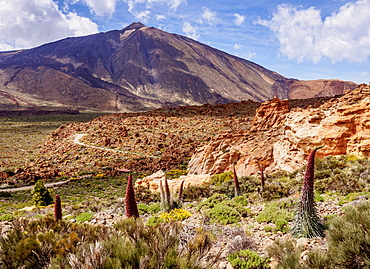
Tajinaste Rojo (Echium Wildpretii), endemic plant, Teide in the background, Teide National Park, UNESCO World Heritage Site, Tenerife, Canary Islands, Spain, Europe
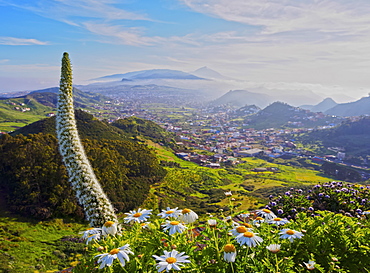
Arrebol tajinaste (Echium simplex), endemic plant, Mirador de Jardina, Tenerife Island, Canary Islands, Spain, Atlantic, Europe
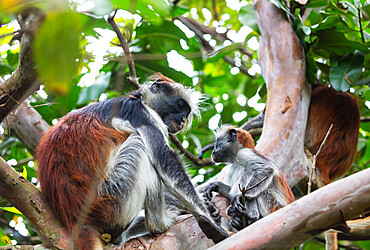
Endemic Red Colobus monkey (Piliocolobus), Jozani Forest, Jozani Chwaka Bay National Park, Island of Zanzibar, Tanzania, East Africa, Africa

Endemic Red Colobus monkey (Piliocolobus), Jozani Forest, Jozani Chwaka Bay National Park, Island of Zanzibar, Tanzania, East Africa, Africa
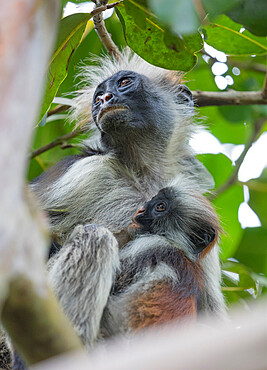
Endemic Red Colobus monkey (Piliocolobus), Jozani Forest, Jozani Chwaka Bay National Park, Island of Zanzibar, Tanzania, East Africa, Africa
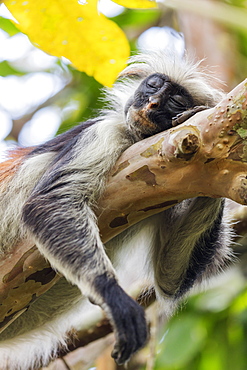
Endemic Red Colobus monkey (Piliocolobus), Jozani Forest, Jozani Chwaka Bay National Park, Island of Zanzibar, Tanzania, East Africa, Africa
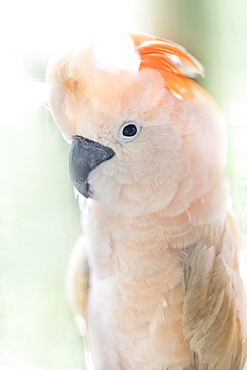
An endemic Salmon-crested cockatoo (Moluccan cockatoo), Seram, Moluccas (Maluku), Indonesia, Southeast Asia, Asia
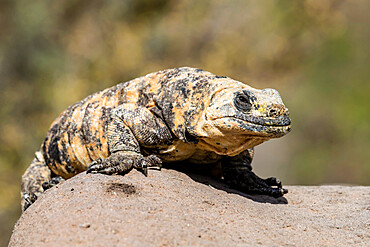
Adult San Esteban pinto chuckwalla (Sauromalus varius), endemic to Isla San Esteban, Baja California, Mexico, North America
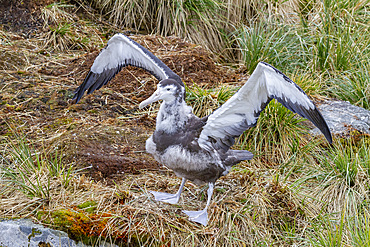
Wandering albatross (Diomedea exulans) chick at nest site on Prion Island in the Bay of Isles, South Georgia, Polar Regions
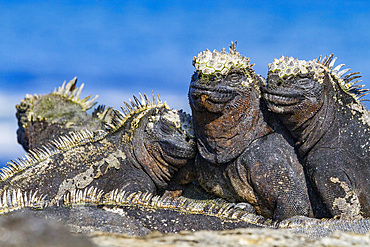
The endemic Galapagos marine iguana (Amblyrhynchus cristatus) in the Galapagos Island Archipelago, UNESCO World Heritage Site, Ecuador, South America
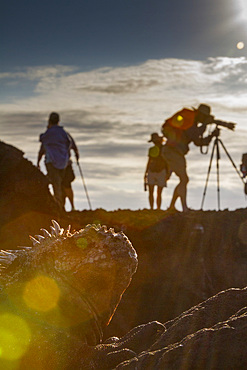
The endemic Galapagos marine iguana (Amblyrhynchus cristatus) with tourists in the background, Galapagos Island Archipelago, UNESCO World Heritage Site, Ecuador, South America
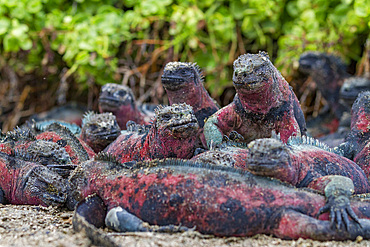
The endemic Galapagos marine iguana (Amblyrhynchus cristatus) on Espanola Island in the Galapagos Islands, UNESCO World Heritage Site, Ecuador, South America
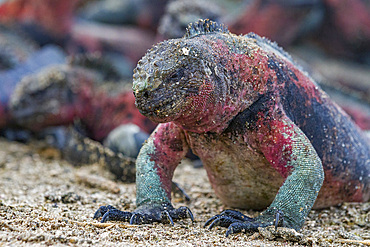
The endemic Galapagos marine iguana (Amblyrhynchus cristatus) on Espanola Island in the Galapagos Islands, UNESCO World Heritage Site, Ecuador, South America

The endemic lava cactus (Brachycereus spp) cactus growing in the Galapagos Island Archipelago, UNESCO World Heritage Site, Ecuador, South America
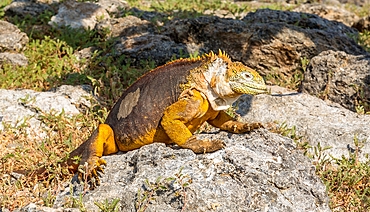
Galapagos Land Iguana (Conolophus subcristatus), large lizard can can grow to five feet long and live for 60 years, South Plaza island, Galapagos, UNESCO World Heritage Site, Ecuador, South America
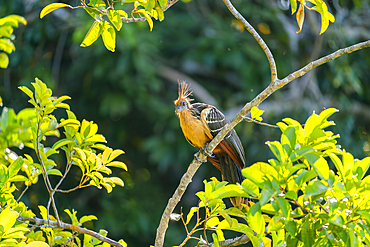
Hoatzin (Ophisthocomus hoazin) perching on branch by Lake Sandoval, Tambopata National Reserve, Puerto Maldonado, Madre de Dios, Peru, South America
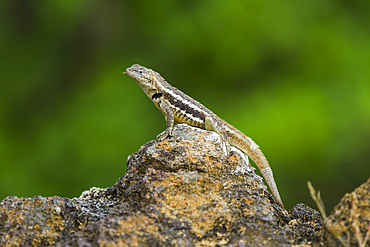
Lava lizard (Microlophus spp) in the Galapagos Islands Archipelago, UNESCO World Heritage Site, Ecuador, South America
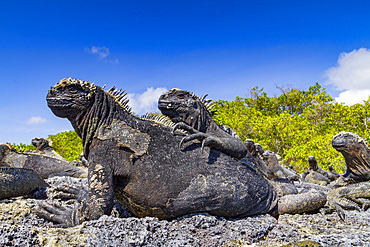
The endemic Galapagos marine iguana (Amblyrhynchus cristatus) in the Galapagos Island Archipelago, UNESCO World Heritage Site, Ecuador, South America
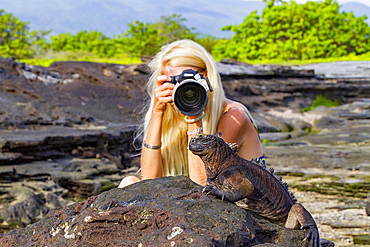
The endemic Galapagos marine iguana (Amblyrhynchus cristatus) in the Galapagos Island Archipelago, UNESCO World Heritage Site, Ecuador, South America
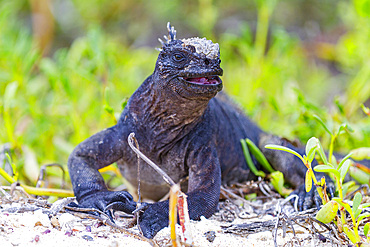
The endemic Galapagos marine iguana (Amblyrhynchus cristatus) in the Galapagos Island Archipelago, UNESCO World Heritage Site, Ecuador, South America
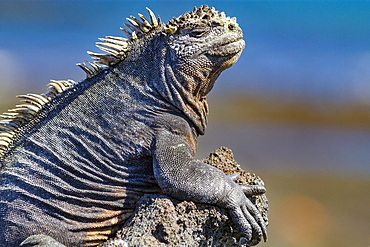
The endemic Galapagos marine iguana (Amblyrhynchus cristatus) in the Galapagos Island Archipelago, UNESCO World Heritage Site, Ecuador, South America
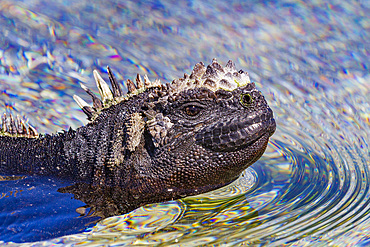
The endemic Galapagos marine iguana (Amblyrhynchus cristatus) swimming in the Galapagos Islands, UNESCO World Heritage Site, Ecuador, South America
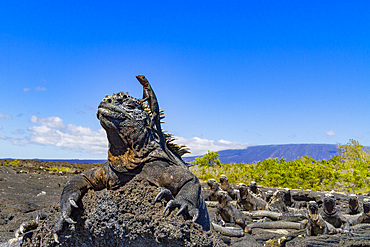
The endemic Galapagos marine iguana (Amblyrhynchus cristatus) with a lava lizard on top of its head, UNESCO World Heritage Site, Ecuador, South America
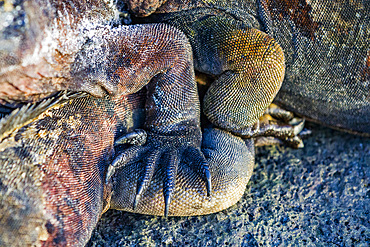
The endemic Galapagos marine iguana (Amblyrhynchus cristatus) in the Galapagos Island Archipelago, UNESCO World Heritage Site, Ecuador, South America
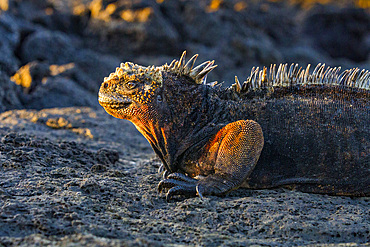
The endemic Galapagos marine iguana (Amblyrhynchus cristatus) in the Galapagos Island Archipelago, UNESCO World Heritage Site, Ecuador, South America
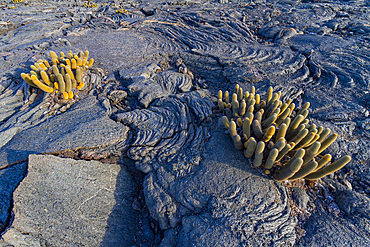
The endemic lava cactus (Brachycereus spp) growing in the Galapagos Island Archipelago, UNESCO World Heritage Site, Ecuador, South America
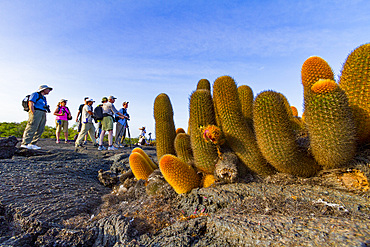
Tourists beside the endemic lava cactus (Brachycereus spp) growing in the Galapagos Island Archipelago, UNESCO World Heritage Site, Ecuador, South America
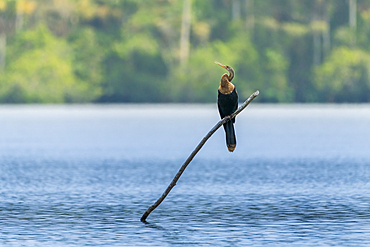
Anhinga (Anhinga anhinga) perching on branch on Lake Sandoval, Tambopata National Reserve, Peru, South America
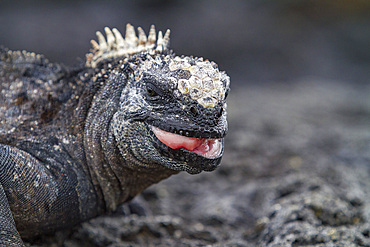
The endemic Galapagos marine iguana (Amblyrhynchus cristatus) in the Galapagos Island Archipelago, UNESCO World Heritage Site, Ecuador, South America
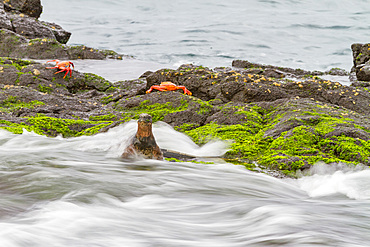
The endemic Galapagos marine iguana (Amblyrhynchus cristatus) in the Galapagos Island Archipelago, UNESCO World Heritage Site, Ecuador, South America
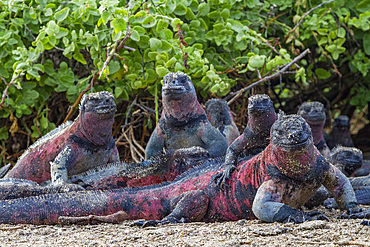
The endemic Galapagos marine iguana (Amblyrhynchus cristatus) on Espanola Island in the Galapagos Islands, UNESCO World Heritage Site, Ecuador, South America
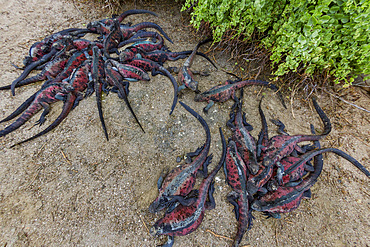
The endemic Galapagos marine iguana (Amblyrhynchus cristatus) on Espanola Island in the Galapagos Islands, UNESCO World Heritage Site, Ecuador, South America

Lava Lizard (microlophus) on Floreana island, Galapagos, UNESCO World Heritage Site, Ecuador, South America
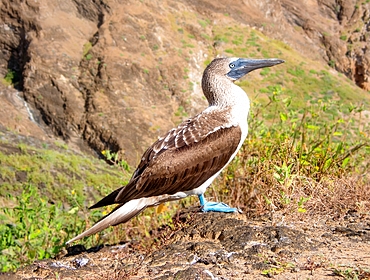
Blue Footed Booby (Sula nebouxii), a marine bird found in the Eastern Pacific whose unusual blue feet feature in courtship rituals, Galapagos, UNESCO World Heritage Site, Ecuador, South America
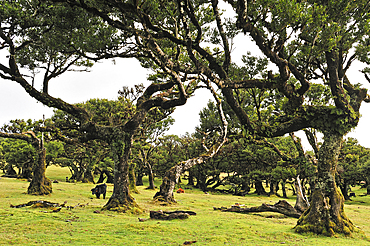
Pluri-centenarian laurel trees around Fanal, Paul da Serra plateau, Madeira island, Atlantic Ocean, Portugal
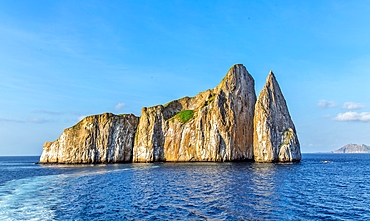
Kicker Rock, a volcanic formation near the island of San Cristobal, a popular spot for snorkelling, Galapagos Islands, UNESCO World Heritage Site, Ecuador, South America

Adult Grey-headed Albatross (Thalassarche chrysostoma) in flight near nesting site at Elsehul, South Georgia
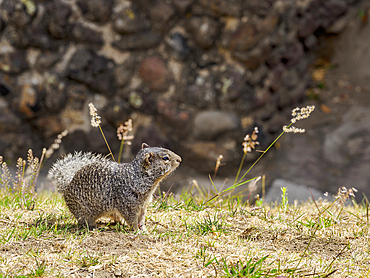
The rock squirrel (Otospermophilus variegatus) at The Great Pyramid Archaeological Site, Cholula, Puebla State, Mexico
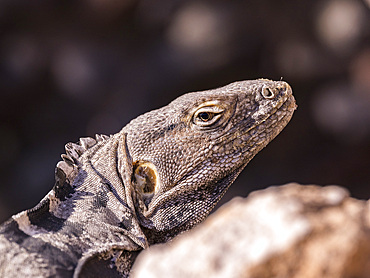
Adult San Esteban spiny-tailed iguana (Ctenosaura conspicuosa), endemic to Isla San Esteban, Baja California, Mexico, North America
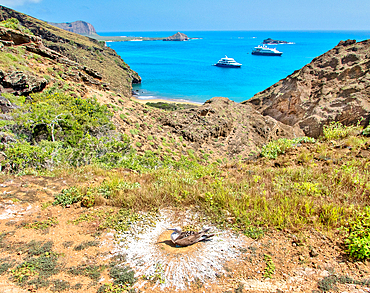
Blue footed booby (sula nebouxii) nest, Punta Pitt, San Cristobal island, Galapagos, UNESCO, Ecuador
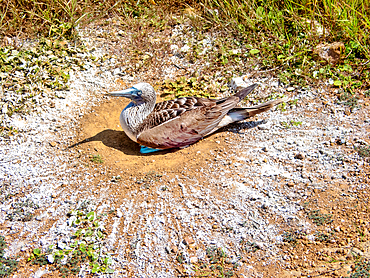
Blue footed booby (sula nebouxii) incubating eggs at Punta Pitt, San Cristobal Island, Galapagos, UNESCO, Ecuador
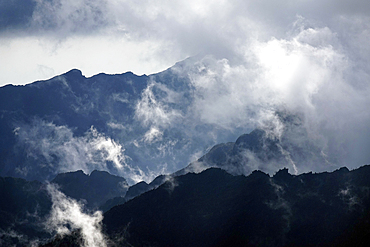
Mountain landscape on Kilimanjaro, 5895 metres, UNESCO, highest mountain in Africa and one of the Seven Summits, Tanzania
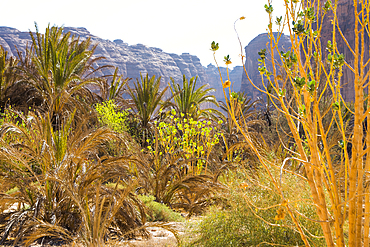
Palm plantation colonized by invasive Sodom apple plant (Calotropis procera), Sharaan Nature Reserve, AlUla, Medina Province, Saudi Arabia

Adult Patagonian crested ducks (Lophonetta specularioides specularioides) feeding at low tide on Carcass Island, Falkland Islands
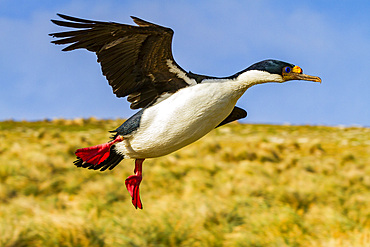
Adult Imperial Shag (Phalacrocorax (atriceps) atriceps) exhibiting intense breeding plumage, New Island, Falkland Islands
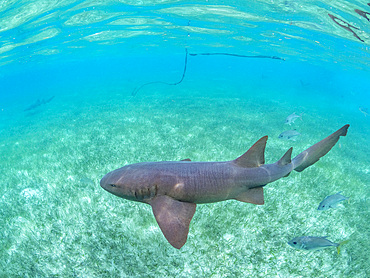
Nurse shark (Ginglymostoma cirratum), on the sand in Hol Chan Marine Preserve, inside the Mesoamerican Barrier Reef, Belize
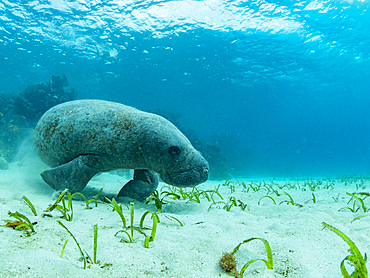
West Indian manatee (Trichechus manatus), on the sand near Caye Caulker, inside the Mesoamerican Barrier Reef, Belize
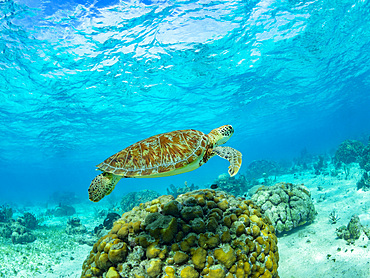
Green sea turtle (Chelonia mydas), surfacing for air near Caye Caulker, inside the Mesoamerican Barrier Reef, Belize
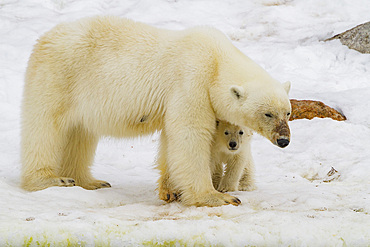
Mother polar bear (Ursus maritimus), with cub of the year in Holmabukta in the Svalbard Archipelago, Norway
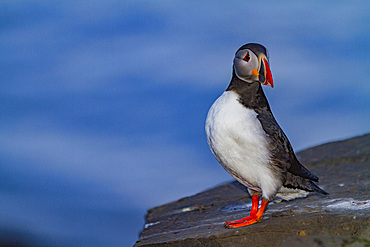
Adult Atlantin puffin (Fratercula arctica) during breeding season, Isfjardardjup, Westfjords region, Northwestern Iceland
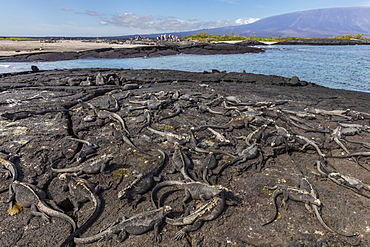
The endemic Galapagos marine iguana (Amblyrhynchus cristatus) basking on Fernandina Island, Galapagos, UNESCO World Heritage Site, Ecuador, South America
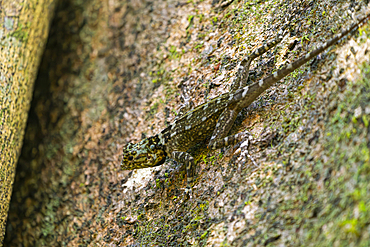
Close-up of Collared treerunner (Plica plica) on tree, Tambopata National Reserve, Puerto Maldonado, Tambopata Province, Madre de Dios, Peru, South America
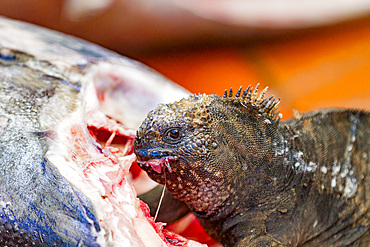
The endemic Galapagos marine iguana (Amblyrhynchus cristatus) feeding on fish at the Puerto Ayora fish market, Santa Cruz Island, Galapagos, UNESCO World Heritage Site, Ecuador, South America
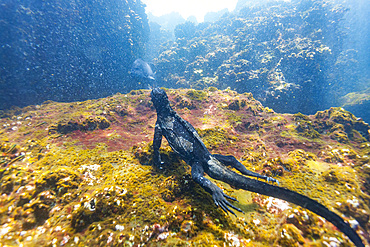
The endemic Galapagos marine iguana (Amblyrhynchus cristatus) feeding underwater in the Galapagos, UNESCO World Heritage Site, Ecuador, South America
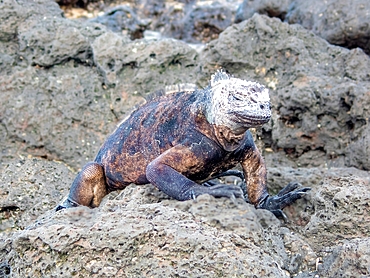
Galapagos Marine Iguana (Amblyrhynchus cristatus) Santa Cruz island, Galapagos, UNESCO World Heritage Site, Ecuador, South America
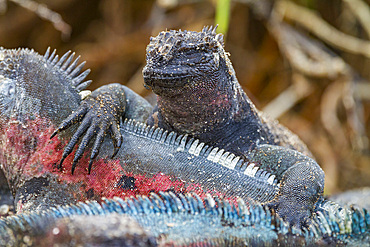
The endemic Galapagos marine iguana (Amblyrhynchus cristatus) on Espanola Island in the Galapagos Islands, UNESCO World Heritage Site, Ecuador, South America
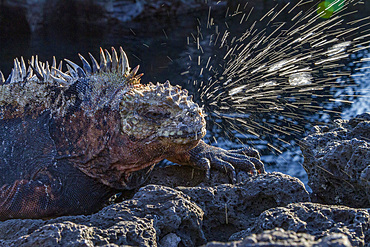
The endemic Galapagos marine iguana (Amblyrhynchus cristatus) sneezing excess salt from its nostrils in the Galapagos, UNESCO World Heritage Site, Ecuador, South America
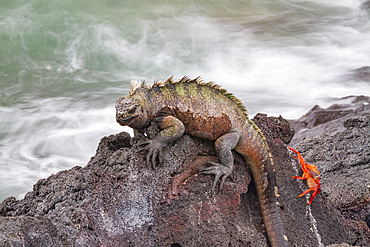
The endemic Galapagos marine iguana (Amblyrhynchus cristatus) in the Galapagos Island Archipelago, UNESCO World Heritage Site, Ecuador, South America
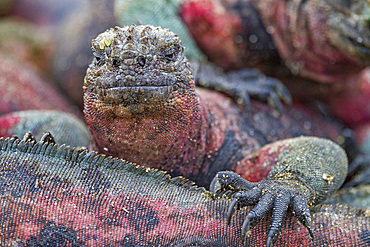
The endemic Galapagos marine iguana (Amblyrhynchus cristatus) on Espanola Island in the Galapagos Islands, UNESCO World Heritage Site, Ecuador, South America
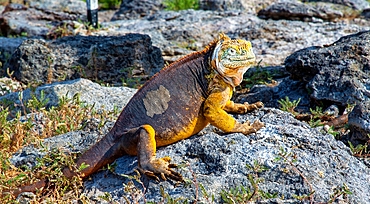
Galapagos Land Iguana (conolophus subcristatus), a large lizard species, that can grow up to five feet long and live 60 years, Galapagos, UNESCO World Heritage Site, Ecuador, South America
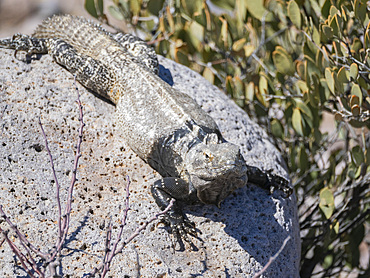
Adult San Esteban spiny-tailed iguana (Ctenosaura conspicuosa), endemic to Isla San Esteban, Baja California, Mexico, North America
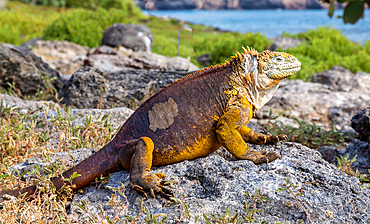
Galapagos Land Iguana (Conolophus subcristatus), large lizard can can grow to five feet long and live for 60 years, South Plaza island, Galapagos, UNESCO World Heritage Site, Ecuador, South America
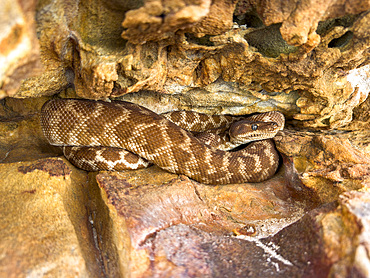
An adult rough-scaled python (Morelia carinata), found in a sandstone crevice on Bigge Island, Kimberley, Western Australia, Australia, Pacific
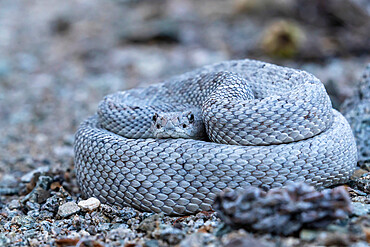
Ashy morph of the Santa Catalina rattlesnake (Crotalus catalinensis), endemic to Isla Santa Catalina, Baja California Sur, Mexico, North America
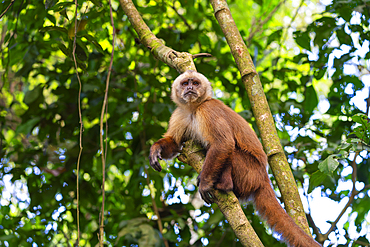
Brown capuchin monkey (Cebus apella) (Sapajus apella) on tree, Tambopata National Reserve, Puerto Maldonado, Tambopata Province, Madre de Dios, Peru, South America
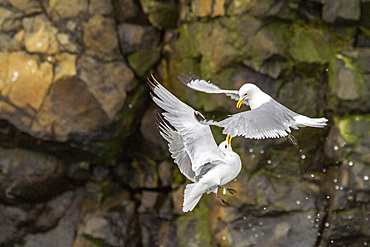
Adult black-legged kittiwake (Rissa tridactyla) in aerial combat against another kittiwake near Alexander Island, Russia, Eurasia
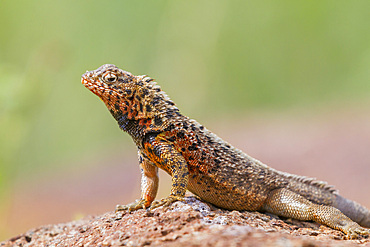
Lava lizard (Microlophus spp) in the Galapagos Islands Archipelago, UNESCO World Heritage Site, Ecuador, South America
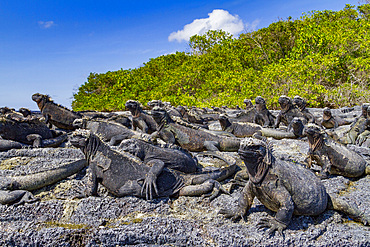
The endemic Galapagos marine iguana (Amblyrhynchus cristatus) in the Galapagos Island Archipelago, UNESCO World Heritage Site, Ecuador, South America
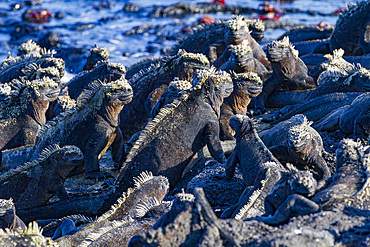
The endemic Galapagos marine iguana (Amblyrhynchus cristatus) in the Galapagos Island Archipelago, UNESCO World Heritage Site, Ecuador, South America
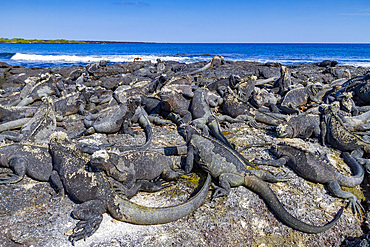
The endemic Galapagos marine iguana (Amblyrhynchus cristatus) in the Galapagos Island Archipelago, UNESCO World Heritage Site, Ecuador, South America
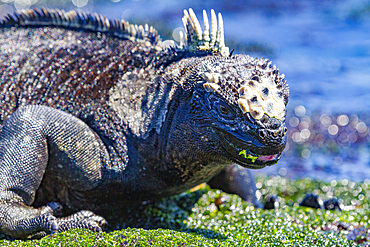
The endemic Galapagos marine iguana (Amblyrhynchus cristatus) feeding on algae at low tide in the Galapagos, UNESCO World Heritage Site, Ecuador, South America
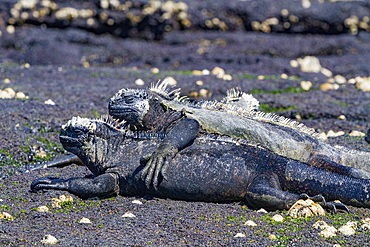
The endemic Galapagos marine iguana (Amblyrhynchus cristatus) in the Galapagos Island Archipelago, UNESCO World Heritage Site, Ecuador, South America
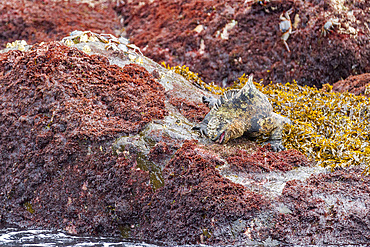
The endemic Galapagos marine iguana (Amblyrhynchus cristatus) in the Galapagos Island Archipelago, UNESCO World Heritage Site, Ecuador, South America
